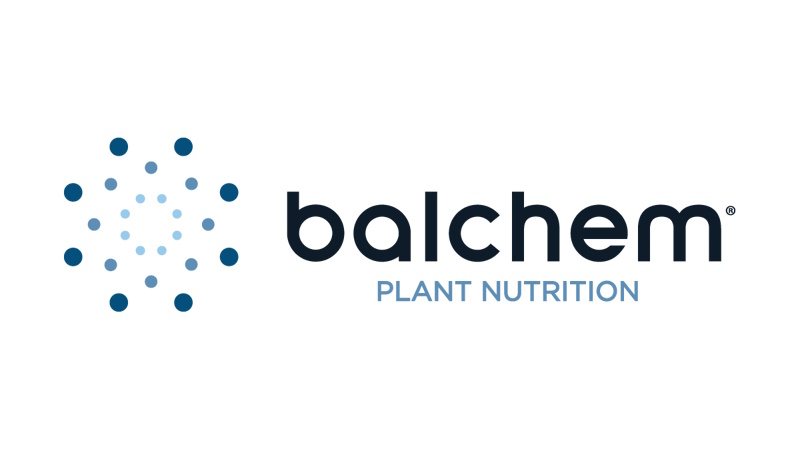An Industry Expert’s Inside Take on Two Farm Marketing Guides
You can’t make this stuff up. Dateline Nov. 29, 2022 — Get to work. Check email. Cool! Meister Senior Online Editor Paul Rusnak posted my “Wholesale vs. Retail” marketing column on the Growing Produce blog. Crossing fingers to get some feedback. Next, scroll through my LinkedIn notifications. One catches my eye — Vermont Agritourism Specialist Lisa Chase posts a congratulatory message to author Myrna Greenfield, Owner of Good Egg Marketing in Massachusetts, on the publication of her new book, “Marketing Your Farm: A practical guide to attracting customers and increasing sales.”
“Ah,” I wonder, with a smirk, “Another small farm direct marketing guide?”
Fast forward, end of day, last check of emails. What’s this? USDA’s Sustainable Agricultural Research & Education (SARE) program announces a new bulletin: “Scaling Up Your Vegetable Farm for Wholesale Markets.”
Unbelievable timing! What’s the likelihood of an announcement about a whole book on retail direct marketing and a bulletin about wholesale marketing, both appearing the same day as my column?
Just to be sure, I ordered copies of both.
What’s in Them?
Both publications define their target audience right up front. The SARE announcement says “With the popularity of local foods spreading …, many producers now see an opportunity … [that] by scaling up … selling to the wholesale market can help smaller-scale farmers … connect with more customers to increase brand recognition and profitability.”
Greenfield’s book suggests there are easier and more cost-effective ways to increase brand recognition and attract customers to your retail outlets than by turning to wholesaling, though she has a small section on wholesale marketing opportunities, too. In “Marketing Your Farm,” she targets her recommendations to USDA-defined mid-sized farms (gross annual sales of $300,000 to $999,999) and small farms (producing $299,999 or less), but then divides out the smallest as microfarms ($1,000 to $49,999 in annual sales) giving specific recommendations to them. The entire book is arranged around guidance to each group, though most add on additional suggestions for each larger category.
What she doesn’t state is that her recommended actions are just as pertinent to large farms (those grossing more than a million dollars annually) as for the microfarms.
The book is divided into a ‘Dig In’ introduction, ‘Know’ which provides basic concepts, ‘Plan’ providing specific how-to processes for creating a marketing plan, and a section called ‘Do’ that describes marketing strategies and techniques. The final section is ‘Measure,’ which gives tools for determining if your marketing efforts are working.
Retail or wholesale, farmers of all sizes could benefit from these easy reading marketing guides.
Actual wholesale marketing strategies and techniques are addressed in both publications, but that discussion is literally a small portion of each. There’s a page and a half in the 16-page SARE bulletin, and a proportional nine of the 159 pages in Marketing Your Farm. The remainder of the SARE bulletin is, as the title suggests, devoted to pointing out issues to address and pitfalls to avoid while assessing if wholesale markets make sense for your farm business.
Rules, regulations, and buyer requirements are much more stringent and less flexible in the wholesale trade. Understanding those differences, from production considerations to harvest and postharvest needs, labor issues, and regulatory requirements must be addressed if contemplating a move into the wholesale trade.
A bonus in the SARE bulletin are links to topic-related Extension publications and online tools that can help with the assessment of issues one would expect to encounter when gearing up, including one Rutgers bulletin, which unfortunately has an outdated URL. To Market, To Market: A Workbook for Selecting Market Options and Strategies for Agricultural Products 2nd Ed. is still available via this new link: https://sites.rutgers.edu/farm-management/wp-content/uploads/sites/752/2022/09/tomarket.pdf.

Photo by Richard VanVranken
How to Get Them
“Scaling Up Your Vegetable Farm for Wholesale Markets” is free as either a paper copy or a downloadable file to print yourself. Educators can obtain bulk quantities to use in educational programs.
Go to Sare.org/Wholesale-Marketing or call (301) 779–1007. Both of these new resources are worthwhile reading for all farmers, no matter your scale and to whom you are marketing.
In “Marketing Your Farm,” Greenfield’s treatment of wholesale marketing aligns with both the SARE bulletin’s discussion, as well as the summary I provided in my previous column. You can order “Marketing Your Farm” in print or eBook from Amazon.com/dp/B0BKH81CPR.










